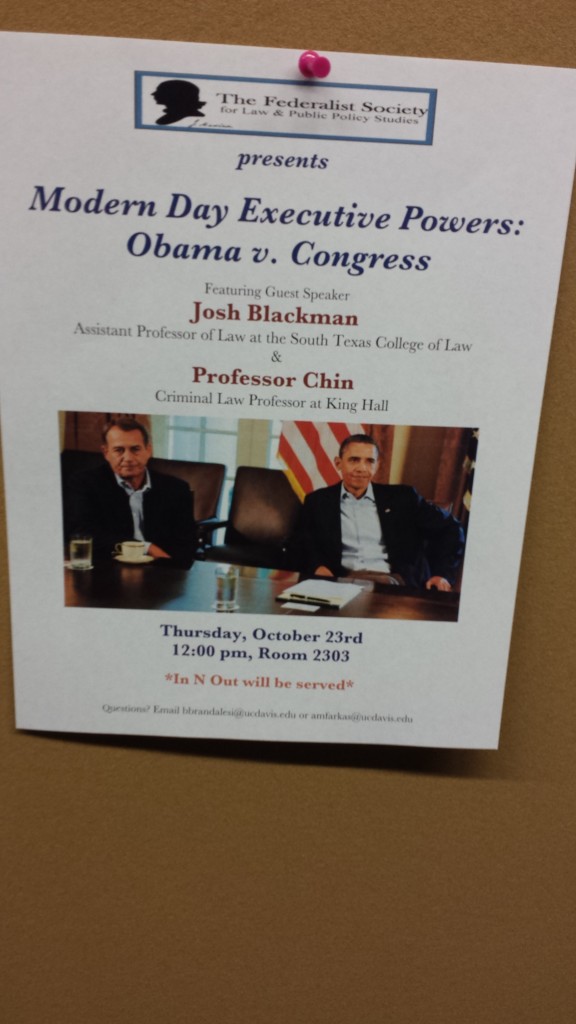One of the themes that Joan Biskupic developed in her new book, Breaking In, was how the more senior Justices perceived their newest colleagues–Justices Sotomayor and Kagan. While Biskupic goes out of her way not to do a direct comparison, at various points throughout the book, we gain insights into how the “colleagues” view them.
Kagan, is a “shrewd tactician.” Sotomayor is a “solo operator.”
Justice Kagan has become known as a shrewd tactician among her colleagues. She has been held up by White House officials as a model for Obama appointees to all federal courts— a judge who has the “potential to persuade” conservative colleagues. 16 Kagan’s pattern on the bench and in opinions indicates that she sees herself operating strategically as one of nine justices. Sotomayor, in contrast, is more of a solo operator, engrossed in her own determinations on a case, less interested and adept in getting others to adopt them.
The Justices also say her desire to shake things up “reflected the core of her character.”
As surprising as her salsa dancing was at the first end-of-term party, some justices say it now seems to have reflected the core of her character. She shakes up the proceedings and confronts her colleagues in their private discussions of cases.
Nor was she “apt to influence colleagues.”
A substantive compromise eluded them, and it would not have fallen to Sotomayor to broker a deal. This was an area of the law she knew well, certainly . And she had strong views on racial and ethnic policy. But she had generally kept them quiet. And in terms of persuasive force, some judicial colleagues said later that although Sotomayor was clear in making her own opinions known, she was not apt to influence colleagues whose legal views differed from hers. The Second Circuit judges would not disclose all that went on behind the scenes. Speaking generally, Pooler described Sotomayor as a judge who steeped herself in the facts and the law of a case . She said she could sometimes hold tight to her position, wondering of colleagues, “Why can’t you see it?” Yet in these years as an appeals court judge, Sotomayor was cautious and not known for heated dissents or splitting off from her colleagues.
Kagan enamored her colleagues.
The tactics and style that the former Harvard Law School dean brought to the Court were not lost on more senior colleagues, particularly veteran justice Ginsburg, who considered Kagan a persuasive force who might blunt the majority’s move to the right. Even Kagan’s ideological opposite, Chief Justice Roberts, publicly lauded her oral argument style and fluid writing.
(I get the sense that RBG fawns over Elena, but not so much Sonia.)
And in contrast to Kagan, Sotomayor’s early performance in the Court surprised her colleagues.
In these early years, Sotomayor drew more than her share of grimaces from justices in the public courtroom. Sotomayor asserted that she usually had a plan in mind when she jumped into the questioning: “Something most people will learn about me, I get so intensely engaged in argument that it’s never fake,” she said in an early interview. “Every question I ask has a purpose, it has some importance to something that is troubling me or that I’m curious about.”
But some Justices thought her demeanor during oral arguments may be counterproductive.
Some colleagues said they believed her dominant presence on the bench and in conference was an attempt to challenge the doubters, to prove that she was prepared for cases. Others, however, said they believed her manner undercut her ability to work toward consensus.
Yet, this question was “complicated by the dimensions of ethnicity and class.”
Overall, what did the other justices really think of her? It was a question that arose often among lawyers, journalists, and other close followers of the Court . The query naturally came up because of how Sotomayor stood out. Yet in these tradition- bound environs, where most justices shared backgrounds of privilege, it was a question complicated by the dimensions of ethnicity and class. And there was no single answer. It was clear through interviews with her colleagues that Sotomayor engendered appreciation for her life story and respect for her work ethic. The justices varied in their personal assessments, as is natural with any group: some found her warm, amiable; others found her abrupt and exasperating. At the human level, these differences with her were not small. In the larger scheme of the law, they were. The nine were appointed for life, and they had an incentive to get along. Any qualms expressed by colleagues about Sotomayor were minuscule compared with clashes among the nine in the great span of history.
I think there is a lot buried in this paragraph that Biskupic alludes to, but alas, we are left to speculate what the Justices really think about the penultimate Junior Justice.
Sotomayor resists any comparisons.
Justices Sotomayor and Kagan maneuvered differently among colleagues. Justice Sotomayor often operated autonomously, staking out a position and standing firm. She would not hesitate to write lone concurring opinions, differentiating her views from those of the other liberals. Justice Kagan saw herself more as one of nine in a collective process and during her early tenure never broke off to pen a solo concurrence. Sotomayor resisted comparisons with other justices, saying she considered them counterproductive. Speaking generally, she said that throughout her life she knew there would always be someone who would seem smarter, faster, and better. She said the comparisons she preferred were personal to her: “Am I learning? Am I getting better?” Some senior justices, too, rejected the inevitable comparisons between the two Obama appointees, both Princeton graduates and New Yorkers, noting that outside legal analysts were not equally quick to compare Roberts and Alito, George W. Bush appointees who joined the Court within months of each other.
Again, Biskupic alleges to the fact that Sotomayor and Kagan are compared in ways that Roberts and Alito are not, due to, I presume, complexities about ethnicity and class. I suppose, as Justice Sotomayor is fond of reminding us, race matters.
Read the book. There is a lot of important nuance throughout.


